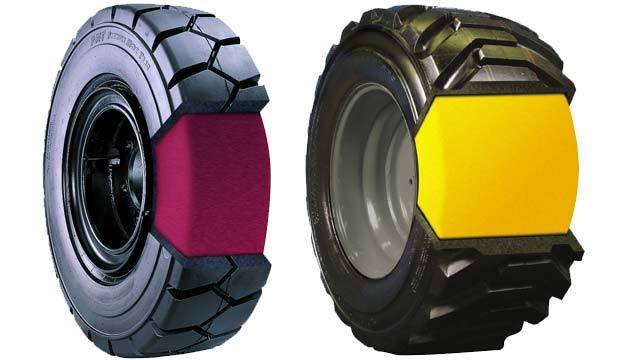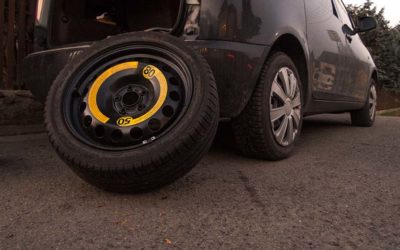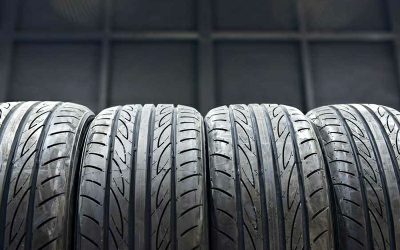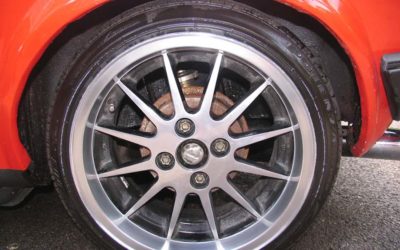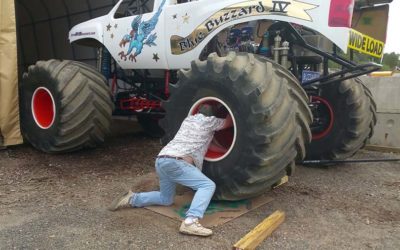The advent of polyurethane foam and its application in construction tires facilitate heavy duties on worksites. Therefore, knowing how to foam-fill tires on a skid steer is especially handy in an emergency.
How To Foam Fill Tires On A Skid Steer
We will walk you through an easy-to-understand method of filling the tire with foam, and your skid steer loader will soon be ready for its tasks again.
Step 1: Prepare Tools
The initial yet important step is to have enough tools to fill skid steer tire with foam. You will use the skid steer loader, valve stem tool, torque wrench, drill bit, drill machine, insulation foam, tapping screws, cutter blade, and wooden base or cloth. Preparing these tools in advance makes this DIY task faster and easier.
Step 2: Jack up the skid steer to remove the tires completely. After that, let’s quickly deflate tires and place them on the floorcloth or wooden base.
Step 3: Locate the valve stem, then remove it with the valve stem tool.
Step 4: Next, let’s use the drill machine to drill 3 holes inside the side wall of your tire. Make sure three pilot holes have a similar diameter with straw foam.
Step 5: You can insert the straw foam through the self-contained valve and then pump foam into your tire. Or else, let’s inject it inside your tire from a pilot hole.
Step 6: Continue inserting the foam until you watch that foam oozes out from the top pilot hole. Then, leave the tire in one day.
Step 7: Clean up excessive foam bleeding from the hole by cutting the blade. You seal the predrilled hole by grinding in the self-tapping screws.
Step 8: Afterwards, put your tire back. You have done a good job!
What Type Of Foam Is Used To Fill Tires?
After knowing to fill tires with foam, we certainly ensure that you would ask, “what type of foam is used to fill tires?”. Well, Polyurethane foam is the most common for such kinds of tires.
Referred to as foam fill or polyfill, polyurethane is a highly engineered liquid to fill tires. The great versatility and dependability make it a perfect replacement for the air in tire construction.
The application of polyurethane foam in the tire industry provides commercial and industrial heavy equipment vehicles with puncture resistance and flat-free protection under the most adverse weather conditions.
As a result, the urethane-based foam increases productivity and stability. It also prevents many potential injuries and then eliminates costly maintenance fees at the minimum.
The second foam is polyethylene foam, widely used in applications exposed to overheating due to extreme weather.
How Much Do Foam-Filled Tires Weigh?
The size of the skid steer tire is the most influential factor in the overall foam filled skid steer tires weight. It comes in the two most popular sizes, which are 10×16.5 and 12×16.5. According to size dimensions, the first number indicates the tire’s width. The second number is its rim diameter.
The weight of a 10×16.5 foam-filled tire is 130 lb, which adds a total of 520 lb to the machine’s weight. The 12×16.5 skid steer tire comes with 205 lb after being filled with foam. Four tires of this size add 820 lb to the vehicle’s total weight. The weight of the foam acting as an extra counterweight provides a higher resistance to cuts and abrasions and a consistent yet safer ride.
FAQs
How Long Do Foam Fill Tires Last?
The composite tire and weight of polyurethane tire fill prevent flats from puncture, downtime for heavy equipment, treadwear, and tear. Normally, expecting that the tires can last at least 12 months.
In a clear, easy-to-understand way, the severe working conditions have a significant impact on the lifespan of the tire. Due to that fact, tire manufacturers employ foam or lounge for airless tires to deal with hazardous environments.
Are Foam Fill Tires Dangerous?
The hazardous environments in the construction sites need solid tires to increase stability and durability. Such superior features make poly fill tires the first and safest choice to deal with adverse weather conditions and almost types of severe-duty terrain.
The most outstanding disadvantage in using the filling foam tires is the extra weight of the foam, causing an overall loss in mileage due to more pressure put on the drivetrain. Additionally, it fairly loses traction because of the rigidity and stiffness of the foam.
Should I Foam Fill Tires Myself?
The straightforward guideline, as aforementioned, seems easy to do it yourself tire foam fill. However, the hardest part of this DIY task is to inject foam inside evenly. Furthermore, using the correct quantity of foam for each type of heavy machinery is crucial.
Such high requirements should be cared for by mechanics, who have more expertise in filling foam to the tire correctly and quickly.
Do Foam-Filled Tires Need Air?
Based on the foam-filled skid steer tires theory, the polyfill is a perfect replacement for inflating car tires. In reality, it is still necessary to add air to tires when the foam can not expand to the entire inside of the tires. Besides, it makes polyurethane tires tauter.
Final Thoughts
We hope the comprehensive post can give you an insight into the polyfill tires and an easy method to fill foam to the tire. Except for encounters with emergencies, the filling foam should be cared for by mechanics to optimize tire performance and quality standards.
The cost extra from repair service is more worth protecting you from severe working conditions.

